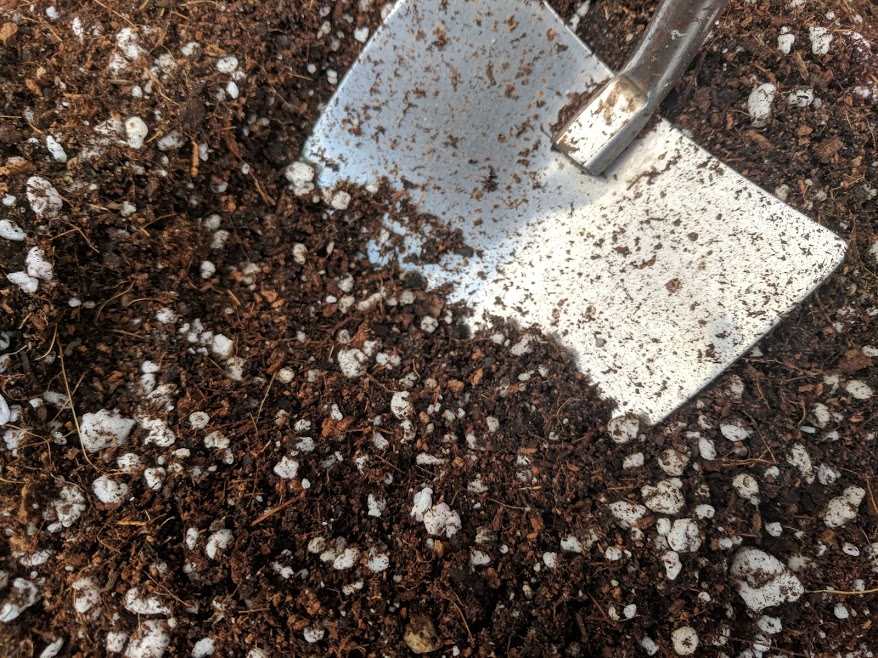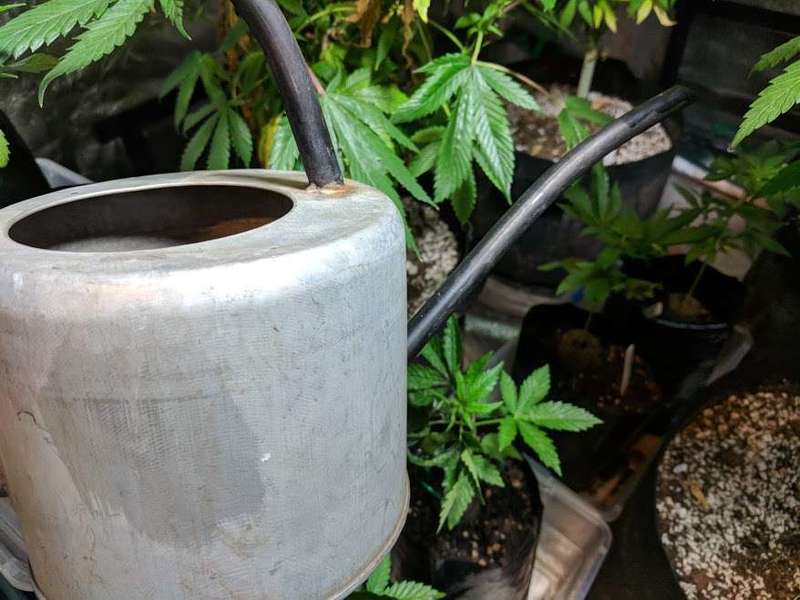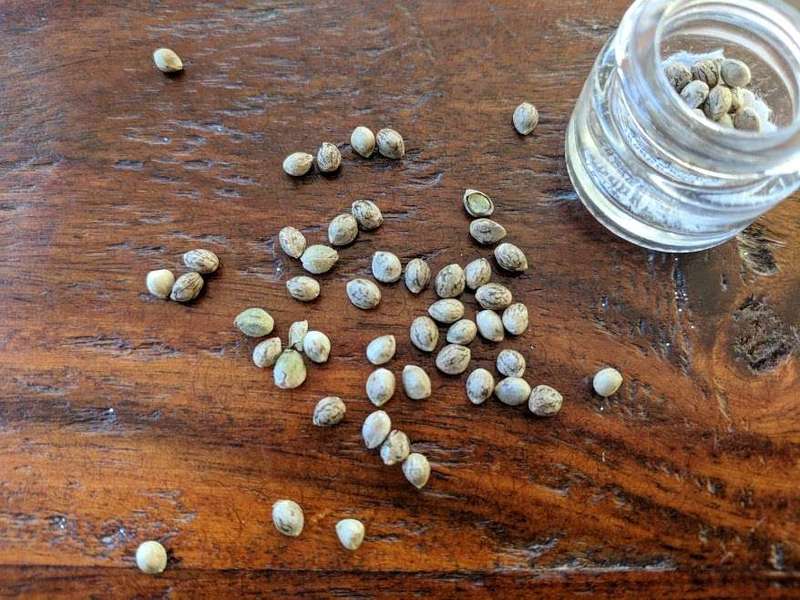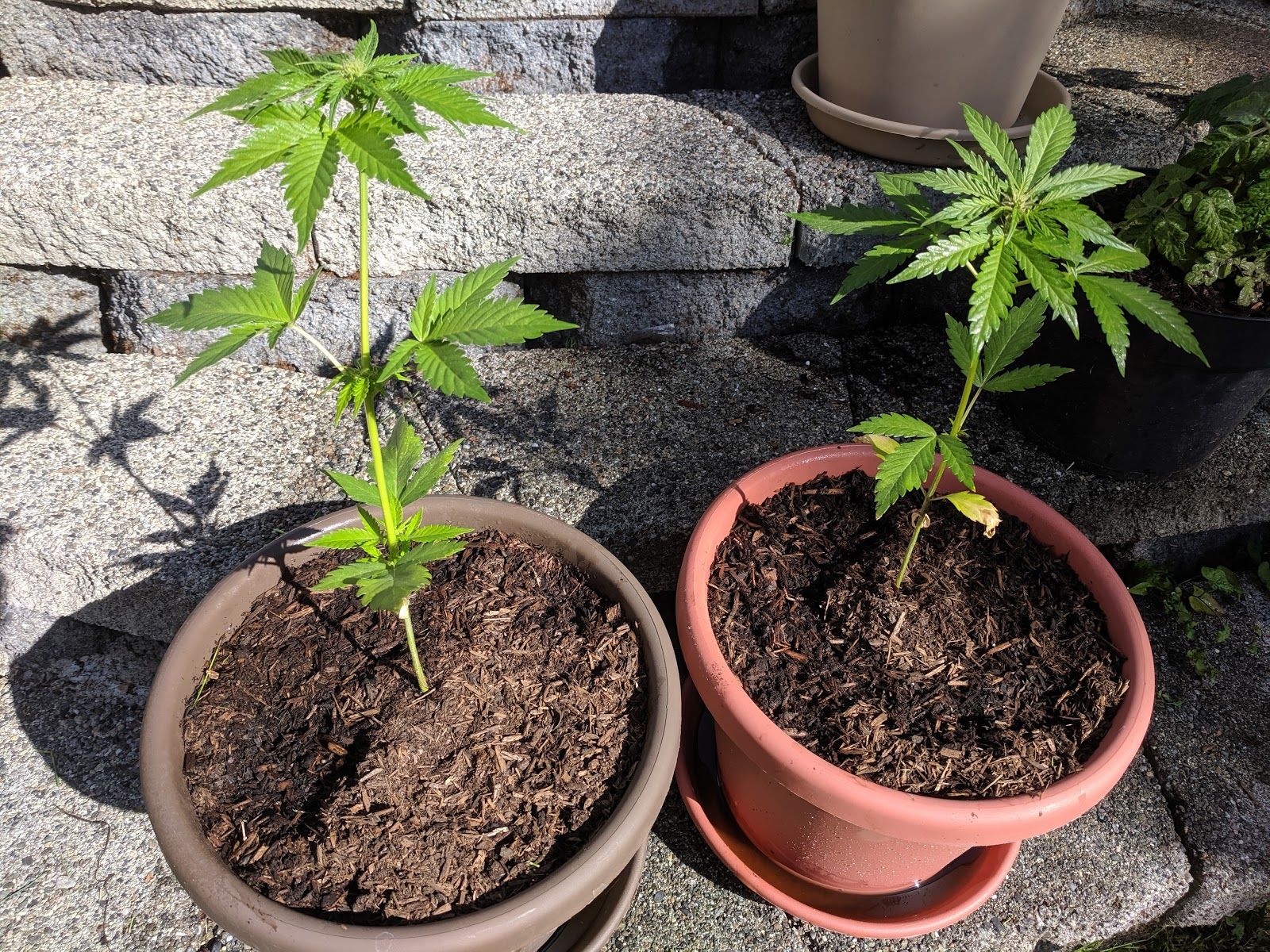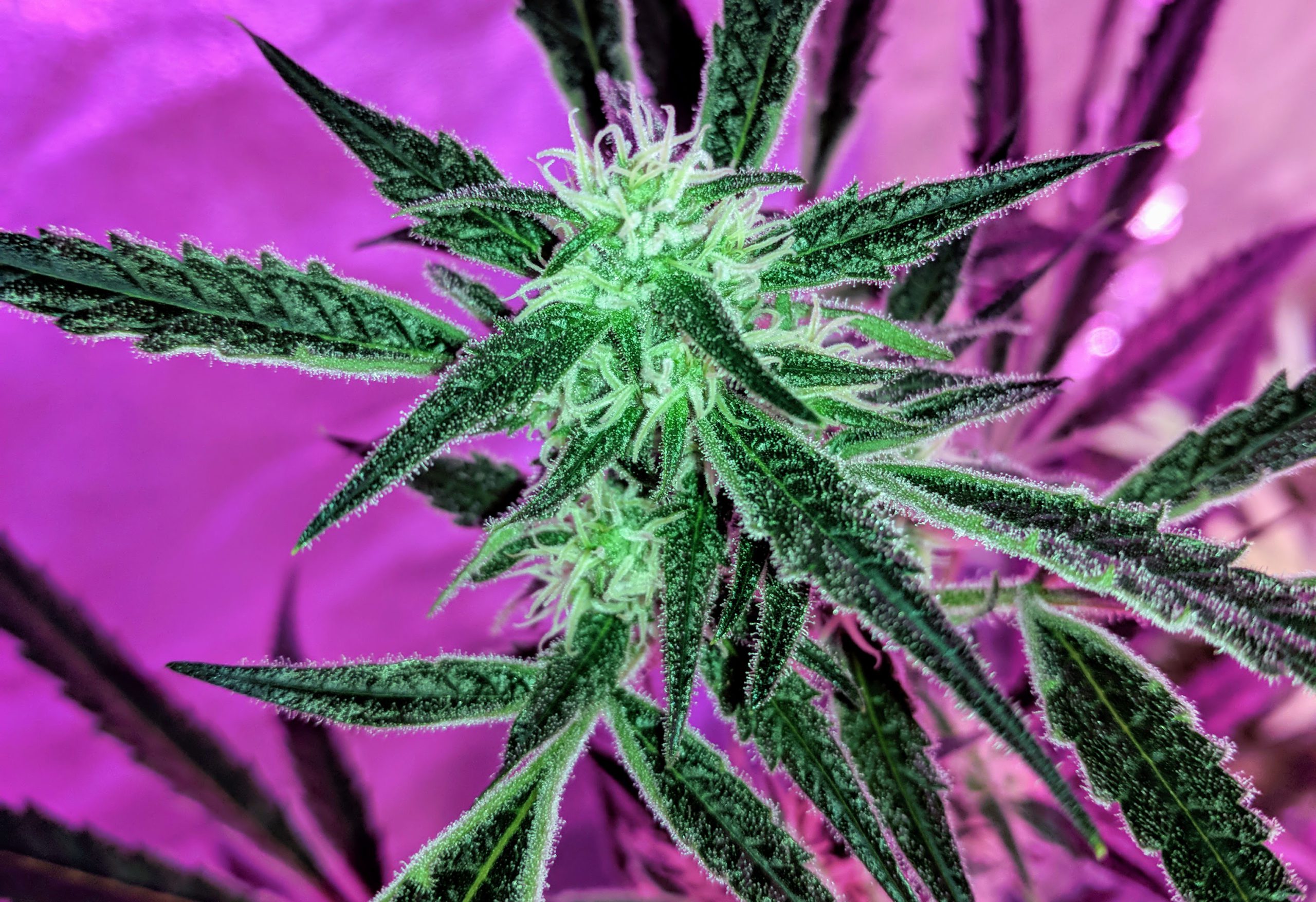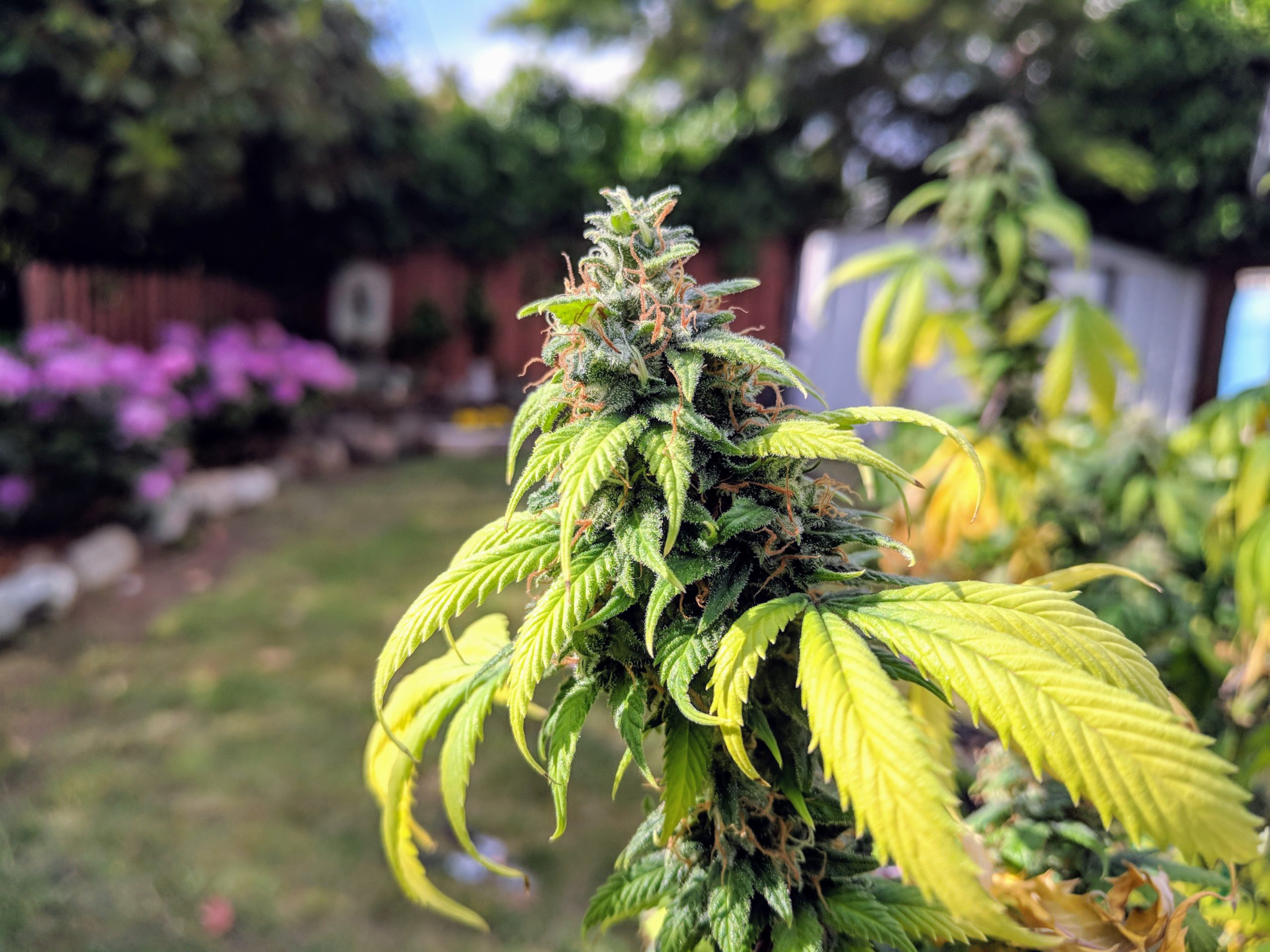Every living thing needs water, and cannabis is no exception. You don’t want to let the soil dry entirely out, but you don’t want to keep the medium saturated since this will prevent the roots from getting enough oxygen. Too much water and the plant will suffer root and nutrient problems and eventually fail.
How often you water will depend on many variables. Higher temperatures increase evaporation, as will low humidity and increased airflow. Some mediums retain water better than others, like coco-coir. A good rule of thumb is to wait until the top two inches of the medium (knuckle deep) is dry before watering again. Another method is to gauge the weight of the container and water when it gets light.
Cannabis plants need macronutrients for basic building blocks in their rapid growth process. During the vegetation phase, nitrogen is, and potassium is less critical – though those roles reverse during flowering. Marijuana plants need micronutrients too, like iron, calcium, magnesium, zinc, etc.
Most nutrients are only available to the plant at specific pH ranges. For soil/coco mixes, water needs to be pH adjusted between 5.5 to 6.5. Use test strips or a pH meter to test pH and pH balancing kit to adjust the pH levels of the water before feeding.
There are a lot of complex interactions between pH levels and nutrient levels that need to be controlled. Too many micronutrients can block macro-nutrients, so it is essential to keep a proper balance. It’s important to keep water pH balanced to avoid nutrient lock-out. Using balanced multi-part nutrient systems is the best mechanism to assure your plants get what they need when they need it.
What are Organic Nutrients?
In nature, cannabis gets nutrients that seep down from decomposing plant and animal matter on the forest floor. Organic nutrients are derived from all-natural sources, stuff like bat guano, composted plant matter, kelp extract, and earthworm castings. It’s all pretty much the same stuff in nature, but more conveniently packaged.
To make the most of organic nutrients requires an active ecosystem in your soil to assist in the nutrient breakdown and uptake process. Add mycorrhizal fungi and microbes to your soil to help break down the nutrients and to deliver them to your plant. Read more about active soils in our soil mix guide.
To learn more about organic farming for cannabis, check out our guide to organic cannabis gardens.
What are Synthetic Nutrients?
Synthetic or ‘chemical’ nutrients contain the same type of nutrients as organic, but they are already broken down and immediately available for uptake. For micronutrients, this is often done through chelation or wrapping an inorganic metal (like copper, boron, and zinc) in an organic molecule that is ready for uptake by the plant.
Synthetic nutrients most often result in increased growth rate and yield compared to organic. Many farmers believe that salts and metals negatively impact taste and quality.
What NPK ratios are best for Cannabis?
NPK ratios describe the Nitrogen (N), Phosphorus (P) and Potassium (K) levels in the nutrient. Vegetative growth requires more Nitrogen, while flowering plants need more potassium.
The table shows the general guidelines for NPK ratios at each stage in the cannabis lifecycle.
| Stage | (N) | (P) | (K) |
|---|---|---|---|
| Germinate | None | None | None |
| Seedling | Med | Low | Low |
| Vegging | High | Low | Med |
| Flower | Low | Med | High |
If you’re using a multi-part that is specially formulated for cannabis, you won’t need to worry about the ratios. If you’re using a variety of nutrients to tune your growth, we’ve found that the ratios in the following table work well for the strains we grow.
| Stage | (N) | (P) | (K) |
|---|---|---|---|
| Germinate | 0 | 0 | 0 |
| Seedling | 2 | 1 | 1 |
| Vegging | 9 | 3 | 6 |
| Flower | 2 | 4 | 8+ |
If your plant is missing critical nutrients, it can impact its ability to grow and produce and can ultimately kill the plant. Learn how to identify nutrient deficiencies in our troubleshooting guide.

Why is pH important?
PH is short for ‘potential Hydrogen’ but is most often used to describe the acidity or alkalinity of a substance. Every substance in the universe falls somewhere on the pH chart.

This is important when growing cannabis because nutrients are not available for uptake by the plant outside reasonably narrow pH ranges. Cannabis plants in soil do best between 6 and seven while cannabis plants in coco or other soilless mediums do best between 5.5 and 6.5. If you’re using a mix, like in our soil mix guide, stay between 6.0 and 6.5.

If the pH is too high or too low, then the nutrients aren’t available for the plant to uptake. This is called nutrient lockout because no matter how many nutrients you provide, the plant still cant use them. This is a widespread problem for farmers and the best way to combat it is to test the pH at every watering.

You can see from the graph above that not only is there a narrow range that cannabis prefers, but also that the nutrients spread the entire range. To make sure you hit all the sweet spots, it’s a good idea to alternate between the high, low and medium within that range. If you’re growing in soil, you might want to water once at 6.0, the next time at 6.5 and the next time at 7.0.
How do I test pH?
When growing cannabis, we are concerned about the pH near the roots and our best way of controlling that is by controlling the pH of the water. To keep your plant growing at its full potential, you must monitor and control the pH every time you water. pH water meters are an inexpensive and reliable method for accurately testing water’s pH. Best of all, they are dead simple. Just turn it on and put the sensor head into the water and the pH will be displayed on the LCD screen. These are available online or in your local hardware store, starting at $15 all the way up to $150+.
How do I balance pH?
There are several pH Up and pH Down solutions on the market. After you have added nutrients to the water, test the pH. If you need to raise or lower it, add a few drops of pH up or down the solution and check again. It’s a good idea to test the runoff water too since that’s your best indication of the pH near the roots.
Make sure to wash your pH tester off with pure water after testing the nutrient water.
If your plant’s pH becomes unbalanced, flush the plant with pH-balanced water and then make sure to adjust the pH at every watering.
How do I know if my plants are getting enough nutrients?
If your leaves are green and the plant is growing, it’s probably getting plenty of nutrients. Use our detailed troubleshooting guide to spot problems early and learn how to take corrective action.

Can I use tap water for my plants?
Many farmers, including us, use tap water for their plants. If your tap water contains chlorine and other additives, you might want to purify it before use. To do this, draw your water 12 to 24 hours before watering. Keep the water in a bucket and add a bubbler (the kind used in fish tanks) overnight. The bubbles and air contact will help dissipate chlorine.
Note that if you have a reverse osmosis system installed, you will need to supplement with Calcium and Magnesium supplements, since RO water is stripped of these vital nutrients.
Regardless of your water source, make sure to pH balance at every watering.
Where can I get nutrients?
Suitable nutrients are available at many local gardening centers. If you are looking to buy from a reliable source online, we recommend these guys.
Can I use rainwater?
Hopefully! It depends on the quality of rainwater in your area. To test this, you will need to measure the Total Dissolved Solvents (TDS) – which will tell you how much ‘non-water’ stuff is in your water as ‘parts-per-million.’ The most common dissolved solids in rainwater are calcium, magnesium, and sodium, but can also contain other suspended solids. While these are important in the correct quantities, too much will throw off your nutrient balance. If your rainwater has a PPM of over 200, you should filter water before adding nutrients.
Next up: Learn about germinating seeds
